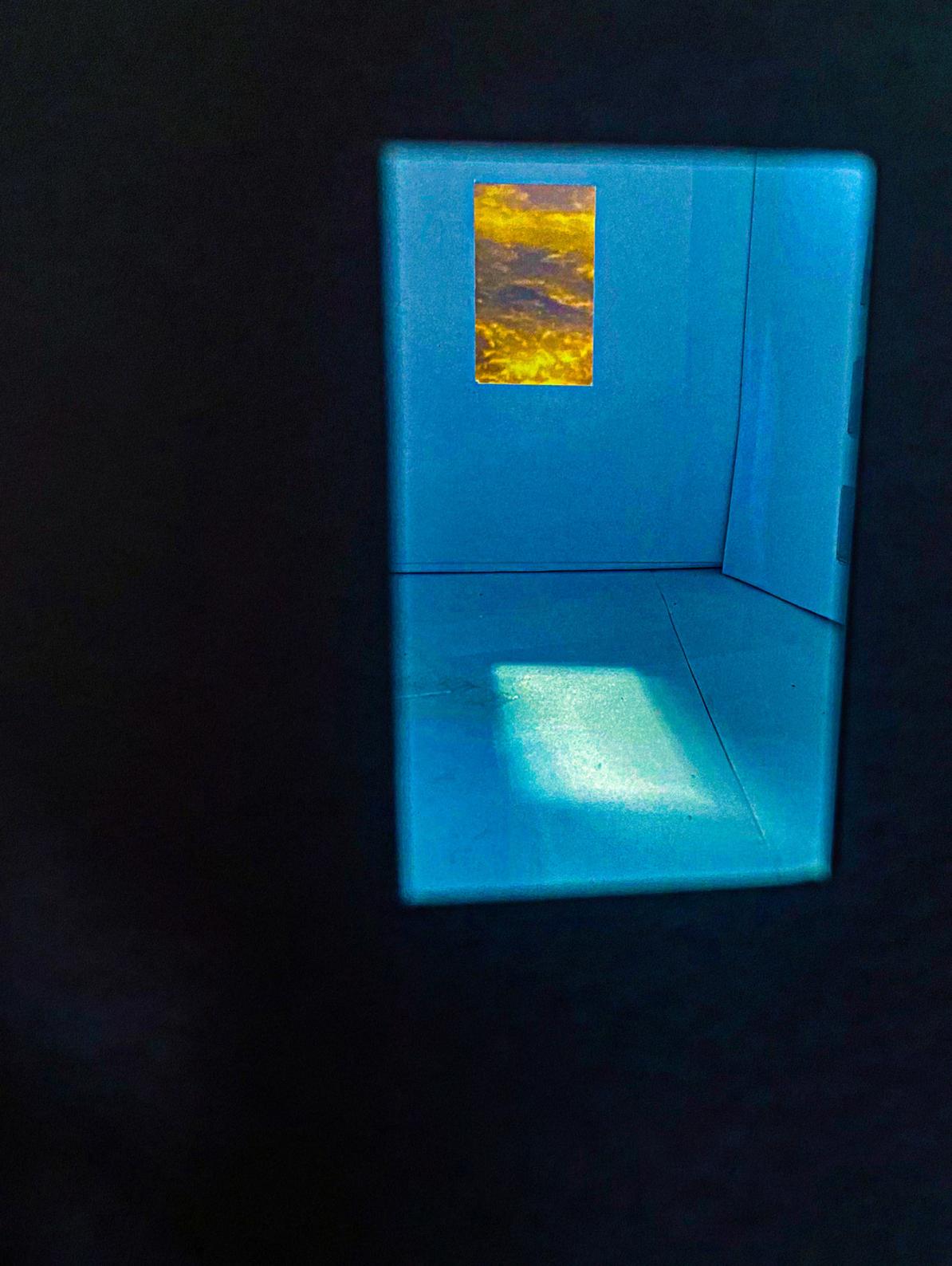
PARIS COLLEGE OF ART ONLINE FOUNDATION: PATHWAY TO PARIS
A COLLECTION OF WORK AND WORDS BY STUDENTS
2022-23
With thanks to all the artists, designers, teachers, mentors and guests that shared our Zoom space in the past year.
Etryscan Avygnon, Tom Boothe, Rodshir Dalle, Abi Duckham, Drew Eisenhauer, Taylor Holland, Linda Jarvin, Joe Johnson, Simba Kamuriwo, Jo Lewis, Angela Maddock, Alana Manga, Lucas Maethger, Barbara Montefalcone, Megija Plata, Ariel Ronayne, Annelies Schubert
CONTENTS 3 - 4 Introduction Chloe Briggs 5 - 6 Locating Us 7 - 9 Visual Conversations WORK AND WORDS 10 - 14 Terence Berchman 15 - 18 Aya Joukhdar 19 - 23 Caitlin O’Leary 24 - 28 Emily Thompson 29 - 33 Khin Thway
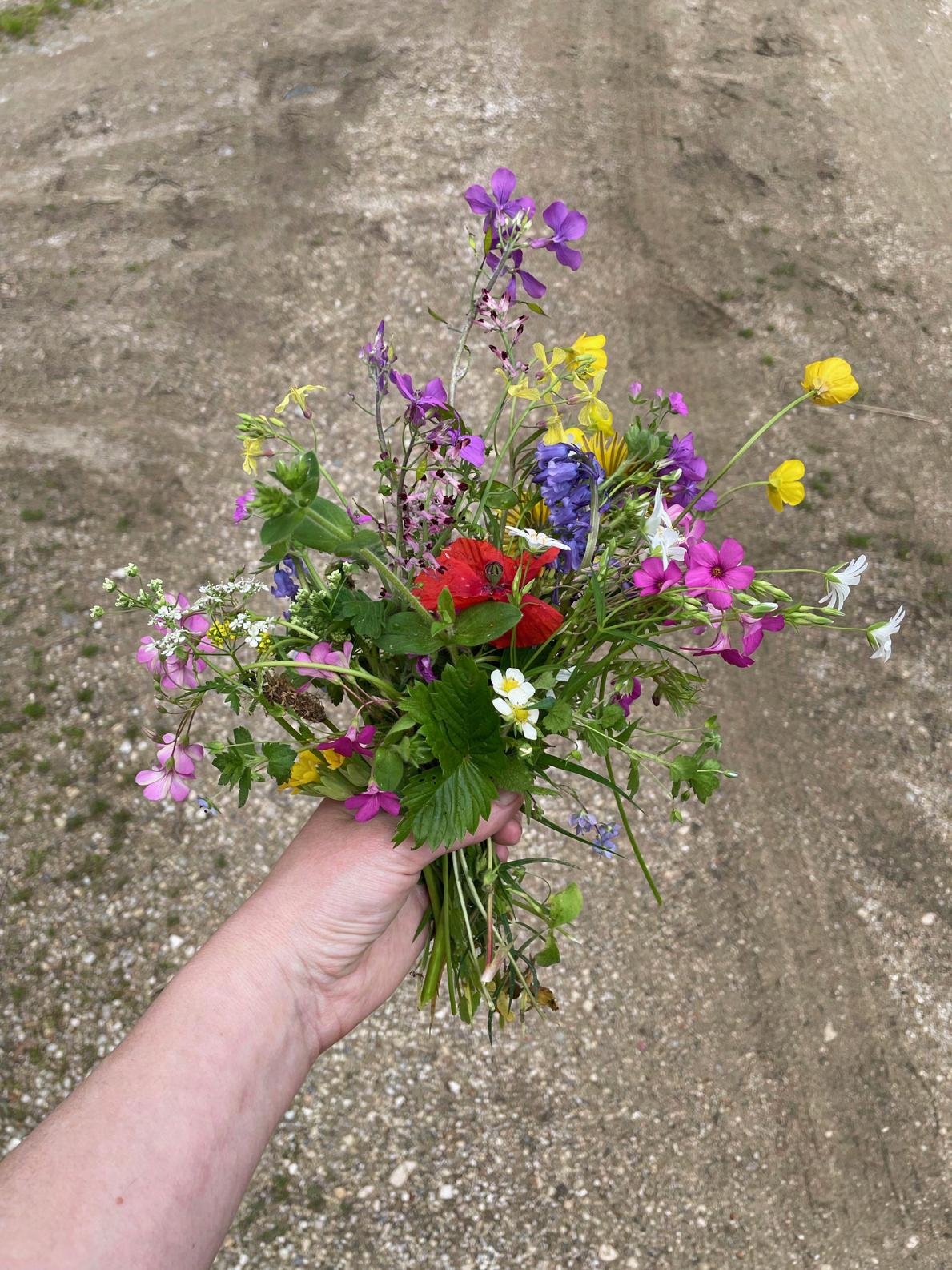
INTRODUCTION
This publication is a celebration of the achievements of students who have taken the Online Foundation: Pathway to Paris Program. Their words and images are a reflection on what was learned, discoveries made and new approaches to a creative practice. Each student has found their distinct way of working, future field of study and they articulatewhy they are passionate about what they do. The community created over the course of two semesters is close-knit and supportive despite our physical distance from each other. Our different locations around the world, cultures and daily experience form the rich mix that we bring to the Zoom room – the students literally spark off each other.
The program is now in its third year after being imagined, designed and created in the summer of 2020. What was discovered during the pandemic was that the home space – with all its apparent constraints –could be a productive place for creative work. We work with resourcefulness and appreciation for what we have to hand. The students are endlessly playful and imaginative working across: printmaking, sculpture, textiles, digital media, installation, photography, drawing and painting – each week producing new and exciting directions for their work.
This cohort has been special in many ways: their generosity and delight in the successes and break-throughs of their peers, their seriousness and dedication to learning about art and design, and their commitment to this program. It is remarkable what has been achieved.
Chloe Briggs / Head of Online Foundation
Left: wild flowers picked for my students, May
Students have taken part in the Online different reasons. Some transition into others in the second semester, and online. This is a picture of where we connect to Paris from.

LOCATING US
Online Foundation: Pathway to Paris program for into the in-person program in Paris after three weeks, and some students complete the whole program we are in the world, where we work and where we
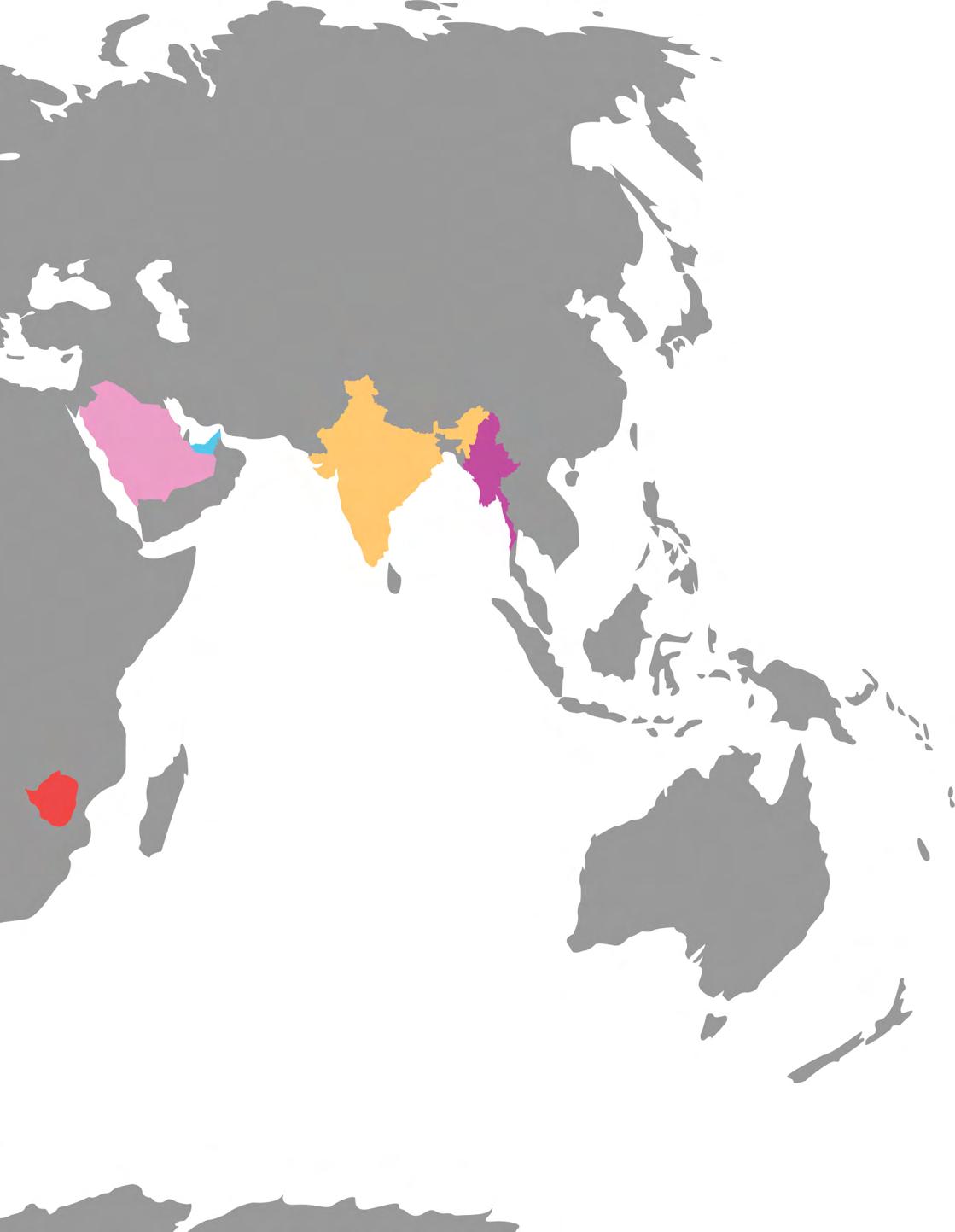
WORK SPACES

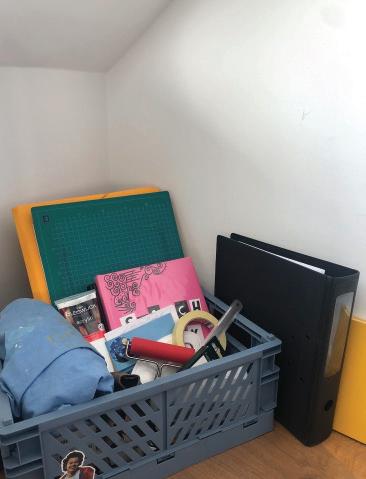
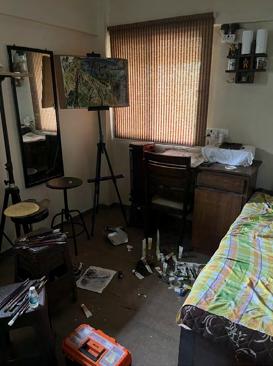
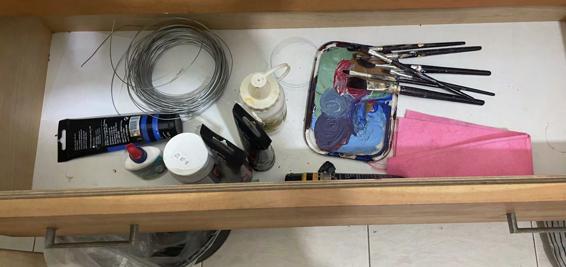
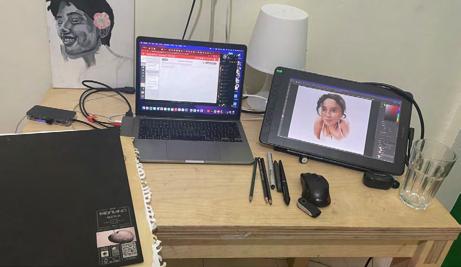
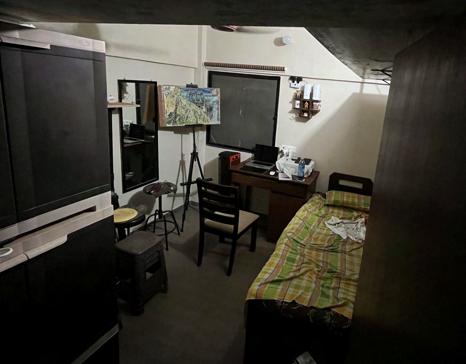
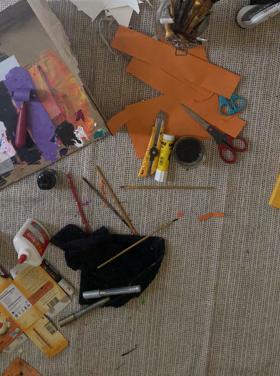
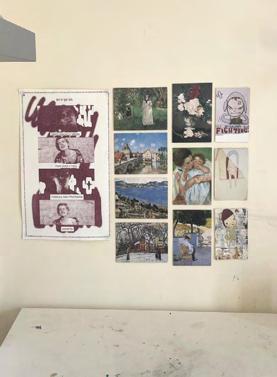
AROUND THE WORLD
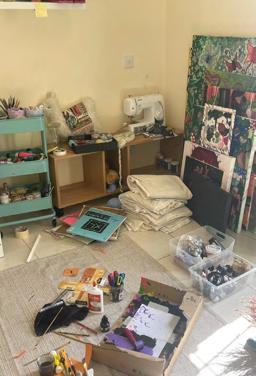 Above, Terence, Mumbai and below, Caitlin, Dubai
Right, Emily, Germany
Below, Johan, South Africa
Above, Terence, Mumbai and below, Caitlin, Dubai
Right, Emily, Germany
Below, Johan, South Africa
VISUAL CONVERSATIONS



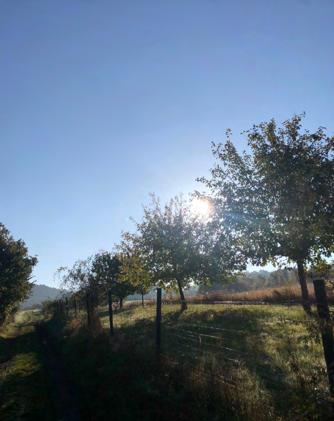


Alongside taking classes that are for credit, students take part in regular Wednesday meetings called ‘Visual Conversations’. Here, they are given prompts for collaborative work and ways to look at record their surroundings. Throughout the course guests - current students at PCA, artists, designers, photographers and teachers - have been invited to talk to the students about art, design, photography and other things! This is our virtual social life and these pages are show some of the images made.

1 2 3
VISUAL DIARIES



Students were invited to record their daily lives and environment where they live.
1. Aya Joukhdar
2. Khin Thway


3. Emily Thompson
4. Caitlin O’Leary
5. Terence Berchman
6. Aya Joukhdar
7. Taruni Iyer


8. Khin Thway

4 5 6 7 8
TERENCE BERCHMAN
Terence is a Fine Arts student based in Mumbai.
Chloe Briggs (CB): I think you are very perceptive about your own work and your working habits. Can you tell me about the particularity of working online, and how it suited you as an artist?
Terence Bercheman (TB): Mostly working hours. The online courses are very flexible, the working hours you can work like two hours, have lunch, you know, work again, take a break etc. And also work as long as you want. From what I understand, on the in-person course, you might not be able to do that, you have to consider things like the access to the studios, etcetera, things get a bit complicated. And I guess all your friends would be there, I don’t want to say ‘distractions’ because that sounds like a bad word. But, you know, there are a lot of things happening at the same time. Here it is just me, focusing on coursework and my artistic development. It is comfortable to be at home at least for the first year, and then come to Paris.
CB: Why do you want to be an artist? Why is it important to have artists in the world?

TB: I don’t know why artists are important in the world, but for me personally, it’s because of the freedom that is associated with it. I don’t know of any other job where you can earn money with so much freedom associated with it. You can travel the world, or settle or a mix between the two. Whatever you like. There are no rules. I have also been attracted to expressing myself visually ever since I was very young, and it has contributed to my personal development as a person. Before I started painting and drawing - I mean discovering things visually - I would say I was not proud of myself as a person. I waslets say, misguided. I thought of the wrong things as important in life. I used to draw a lot as a kid but I kind of just lost it (Drawing), and I found it again, Thank God I did! I can’t imagine how I’d be otherwise.
CB: What a beautiful thing to saythat a creative practice helps you focus on what is important in life. I believe that is true. Could you describe a moment of discovery this year where you were like, ‘Oh, that’s new!’?
“Before I started painting and drawing – I mean discovering things visually – I would say I was not proud of myself as a person. I was – let’s say, misguided. I thought of the wrong things as important in life. I used to draw a lot as a kid but I kind of just lost it (Drawing), and I found it again, Thank God I did.”
TB: For the project this week I’ve been working between digital and analog. I had done some digital work before, but I never thought about mixing it with analog - doing collages etc. I think the biggest revelation for me is materials: how many different materials there are and how many different ways you can use them - the textures they create, what they mean. And we’ve talked about the process, how I learn’t that the final work is not necessarily the most important. Right? What you learn while you’re doing it, things you observe, that holds more importance for me now. Its the experience rather than making a product which is also one thing I like about being an artist – if you’re doing it right.
CB: I think you are probably one of the wildest students in terms of mixing materials. For example, recent mud painted on photographs - unlikely connections that are really exciting. For the ‘Earth’ project, it seemed to me that you were literally lifting


this space on planet Earth, where you exist - lifting it for us to see it. It was like an amazing portal into your world- the trees, the backyard where you played as a kid. That work had real resonance for me.
TB: Yeah, for that project the materials were really important for me. That’s how I chose the rocks and stuff that I used, they were from places where me and my friends hung out. But with the final results, I’m not really that impressed by what came out, but it was very new for me personally to go out and collect materials to work with and it’s exciting.
CB: I am going to leave you with a last question. If you have any advice for yourself one year ago, what would you say?
TB: Be ready to learn a lot. Keep an open mind and keep with your assignments!

CB: But you you always manage it, though! I think you should give yourself credit for the work you do.
TB: Sometimes barely.
CB: You always manage it. You have high expectations of yourself. I think also, the reality of a creative process is that it is not always constant and flowing, is it? That is the natural way of it.

TB: Yeah, that’s why I like this course, it takes you out of your comfort zone You need to do it, even if you’re not really feeling it or thinking it is working, something still has to be created. And then slowly, you learn that getting out of your comfort zone becomes ironically comfortable.

AYA JOUKHDAR
Aya is a Fine Arts student living between Paris and Saudi Arabia “Don’t be afraid. Yes.
Keep going. Trust it is going to work!”
Chloe Briggs (CB): Could you describe something that has happened to your work over the course of this year that has been meaningful?
Aya Joukhdar (AJ): I would say that working on the ‘Earth’ project gave me a better understanding of the environment, and its’ beauty. This appreciation has encouraged me to explore larger scales and create more detailed works of art. I would say that maybe the ‘Earth’ project really did wonders for me.
CB: I think you are humble about your work. Is that correct?
AK: Yes
CB: What has been amazing for me as your teacher is to see you develop as a painter. Does it feel that you are solidly on that path now?
AK : Yes, yeah, I believe so.
CB: And what is it about painting as a form to express yourself?
AK: I just started to understand art way more than I did before. During the process I would usually think about how it would turn out. But ever since I started painting I would forget about those things, and just let my mind make me do what I want to do. If that makes sense?

CB: Do you trust yourself a bit more? Feel less frozen by the idea of perfection that you aspire to?
AK: Yes!
CB: It is liberating that feeling isn’t it? And I think that’s what we see in your paintings, particularly in the ‘Earth’ project (pictured right). What artists have you seen this year that have influenced you?

AK: The Monet and Mitchell show at the Fondation Louis Vuitton!
CB: You were lucky to be in Paris to see that, right?
AK: Yes. I was so surprised because I wasn’t expecting it to be like this
CB: Can you describe the describe effect it had on you?

AK: I can’t really say what it was exactly, but it was just like - it just made sense, you know, like it just made me want to do what they’re doing!
CB: That is a good answer. You are very supportive of your classmates. Can you describe the enthusiasm for each other’s work and each other’s break-throughs? How does it feel to be part of this online community?
AK: I wasn’t expecting it to be like this at the beginning, I was always so nervous because I never liked online courses. But yeah, it was surprising that is amazing! I am so glad that I’m a part of it. The experience has helped me grow as an artist.
CB: I think one of my favorite things about Fridays is your enthusiasm for each other’s development, because you’ve watched the work and each other grow over time. You have witnessed everyone get stronger and stronger and more confident.

CB: If you were able to go back in time and meet Aya starting this course, what would you say to her?
AK: Oh! Don’t be afraid. Yes. Keep going. Trust it is going to work!
CB: Trust your instincts. Wonderful!


CAITLIN O’LEARY
Chloe Briggs (CB): Since the beginning of this course you now have an Instagram handle for your textile work, which is @caitthread. Could you tell me a little bit about this textile discovery? I think it was already there, wasn’t it? But it seems to have really blossomed.

Caitlin O’Leary (CO): I always found it hard to share my work until this course. I remember in the first week, I said my goal was to be more confident presenting my work and sharing it. And now I feel I can do that really easily. So the Instagram is just like an extension of that. I think it’s about wanting to share it with people who aren’t just on this course. I am trying to challenge myself to put my work out there as confidently as I can.
CB: Because nothing bad happens, does it?
CO: No, but it can be scary!
CB: That is true. B I can see that across the board, you are more confident with materials, with drawing, with color, with everything!
CO: Definitely! Especially with color. I was looking through my old work, and in the first semester, all my work was black and white. But now I think I have let go and I have fun with it. It’s just the whole thing of realizing that nothing bad is going to happen, like you said, like letting go of that fear. And just knowing that you’re in a safe place to do whatever and try new ideas.
CB: Does it feel safer because you’re online do you think?
CO: Yes, definitely, the fact that I can do this at home and not have anyone looking over my shoulder watching me, or not have anyone that I can compare my work to as I’m making it. I think it’s really good to be able to create your work in solitude, and then you can only compare your work to anyone else when it’s done.
CB: And you have more authority over sharing it don’t you? I am impressed that you all seem okay with showing everything - even the directions that you pursue and the bits that you are embarrassed by.
Caitlin is a Fashion student based in Dubai.
“You’ll find your style or you’ll find out where you’re meant to be in the whole art thing eventually. So it’s not like you have to decide on one thing that you’re going do for rest of your life. It’s something that’s always changing and you should just let go and let it happen.”
CO: Yeah, it all shows the progress and the story of what you went through that week. I feel like each week is a different contained journey for a project which I really enjoyed. I think you have to show what didn’t work, because it is truthful about what you are doing, and it just adds more authenticity to your work.
CB: Exactly and actually often, the things that people don’t like I say, “Wow! Look at that!”, so that provokes a conversation. So with this amazing world of textiles and art, what excites you the most about the future?
CO: I can’t wait to create collections that I can actually wear, because I feel like at the moment, I’m making very impractical stuff. I am obviously just trying everything that I want quite freely. But I can’t wait to make clothes that can actually be worn by people.Everything I’m doing this year is very much small experiments
which I’ve enjoyed, but I can’t wait to see how that progresses into a larger project.
CB: So it seems to me the pefect time to step into an in-person course.
CO: Exactly!
CB: Your confidence and skills have built up and now you can benefit from the training for making all the amazing knitting projects you dream up!.

CO: Exactly, it’s great.
CB: If you could give a piece of advice yourself one year ago, what would you say?
CO: I think I would say to stop being so scared, you’ll find your style or you’ll find out where you’re meant to be in the whole art thing eventually. So it’s not like you have to decide on one thing that you’re going do for rest of your life.

It is something that is always changing and you should just let go and let it happen.
CB: Creativity is something that grows with you, doesn’t it? That is the amazing thing.

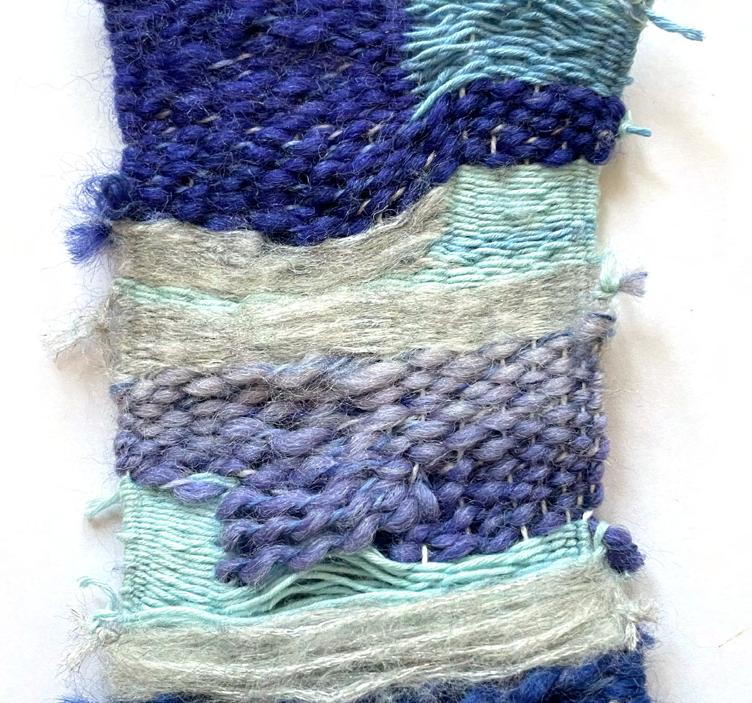
CO: Yeah, definitely.
CB: People always talk about finding a style, but style I don’t like as a word, because it feels a bit restricted. But you have really found your voice. I would say the feeling of your work is very distinct. I think it’s very exciting.
CO: I would agree. I went into this course feeling nervous, but I’m so glad that I did this year online because it’s been the most I’ve learned. It has been really amazing!!
CB: Oh, that is brilliant!

EMILY THOMPSON
Emily is a Communication Design student based in Germany

“People always say, you need to fail to produce something good. And I always think ‘whatever’. But it’s true!”
Chloe Briggs (CB): You joined the course with a very open mind about which direction you might go and it became clear at some point that Communication Design was where your strengths are. Can you identify when that was, or what made you realize that?
Emily Thompson (ET): Yes, I remember at the end of the first semester, when I had my talk with Taylor Holland, we talked about Communication Design. We spent half an hour talking about it and I had enjoyed all the assignments we did in class, so I just kind of went with it.
CB: So, what are these strengths that you have? that means that this is the field for you?
ET: I just really enjoy doing it. I could spend hours selecting types and changing around things to make the image and text work. I guess it just feels right.
CB: What would you say is the most challenging thing, but also something that’s been good about the online format?
ET: I think one thing that has been good for me is that I could not constantly check what other people were doing. I would just do what I wanted to do, and then on Fridays, we see what everyone else came up with. But I think that was also the hard part because I’d sometimes spend the week working on something but then be insecure about whether I was doing the right thing - I was unsure if I had done enough work or maybe too much.
CB: Do you feel you’ve got more confidence in your own judgment now? I think you have an ability to be self-critical, without it preventing the work from coming. Is that true?
ET: I think there’s a very thin line for me. When I’m not happy with something I’m like: “It’s not good! I don’t like this! I don’t have any good ideas”. But when I try and take a step back, which is a hard thing for me to do, that’s when my ideas come. Yeah.
CB: What you’ve just described is useful for people to read. This
honesty about a creative process. I think it is often the case when you’re almost at despair with the work that something new grows or is seen, or learned, and that’s fine. You just have to be tough with the process.



ET: Yeah, I mean, people always say, you need to fail to produce something good. And I always thought “whatever”. But it’s true.
CB: I feel, you all have been very supportive of each other. Everyone is really delighted to see each other’s successes...
ET: Yes, I feel like that also makes it less scary, because at the beginning I was always very self-conscious about my work, and I’d get nervous to present but as I have got to know everyone it felt less intimidating because everyone is really nice!
CB: If you could meet Emily starting the course in September last year? What would you say to her?
ET: I’d tell her not to worry. At the beginning, I was worried about meeting everyone and my work, maybe not being good enough. But there was never really a reason to worry. And, at the beginning I was comparing my work with other people, but I have realized that everyone just has a different way of working and different styles. There is no way of comparing.
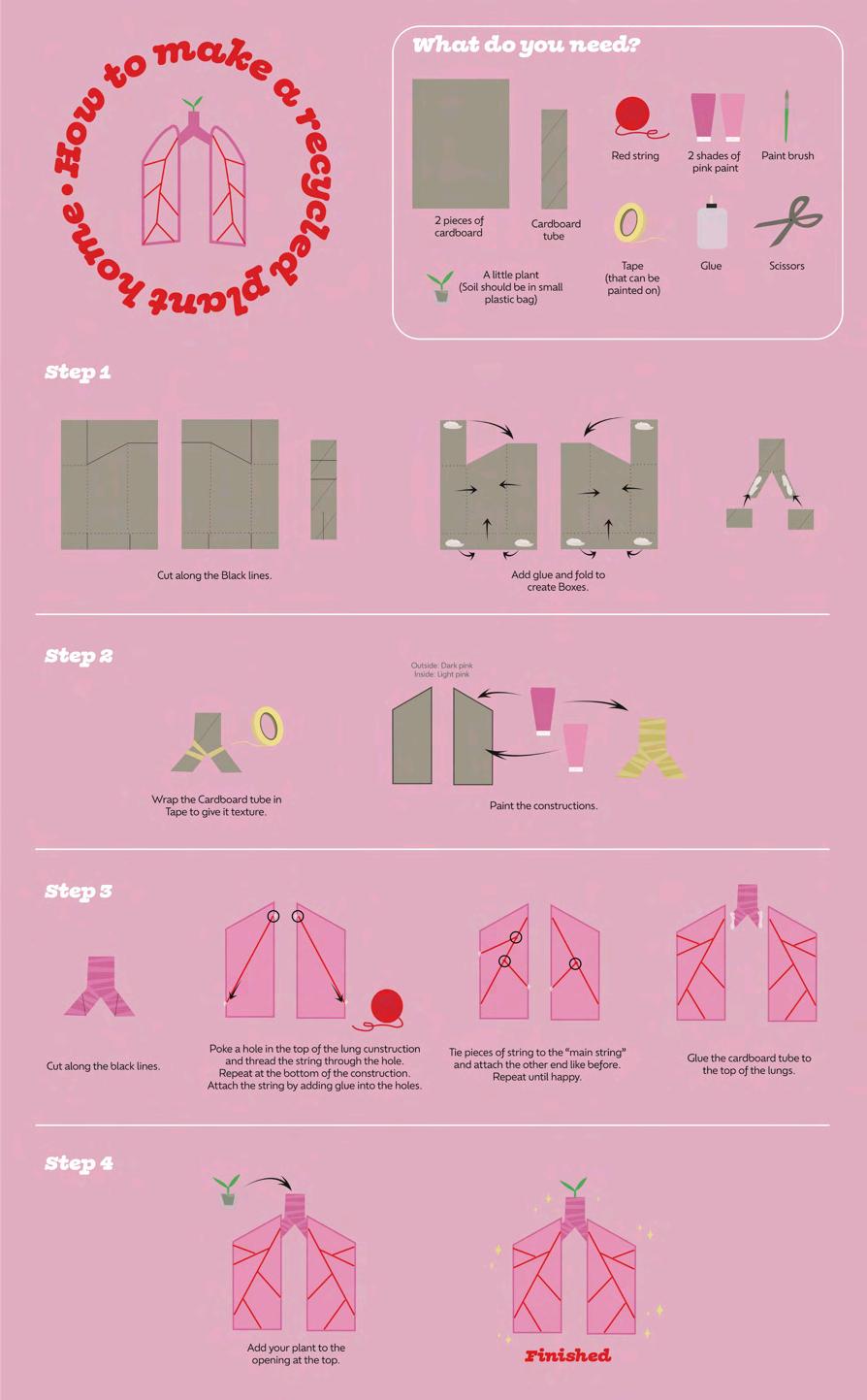
CB: That’s true, it’s impossible, and I hope you feel that each of you individually have been seen, and you know that your strengths are totally different. We often laugh about how yours are so different to Terence’s, don’t we? At the same time there is great appreciation for each other’s skills, thinking and quality of work.
ET: Yeah, and it’s nice to have the Friday meetings where we meet people who have other interests and other ways of working, because I find that really inspiring. It gives me ideas that I would have never otherwise thought of.
CB: Yeah, the learning really comes from each other, doesn’t it? I see that so clearly.


KHIN THWAY
Khin is a Fine Arts student based in Myanmar
“It’s important for me to share something of my own culture. It is powerful to show people without words. You don’t need to travel to a country to see one’s culture. You can just see it from art, which is really powerful. I want to use my creativity in a way that makes sense for my people, my culture. So I want to become an artist for that, like a representative, but in a creative way.”
Chloe Briggs (CB): During your admissions I remember thinking how seriously you take being an artist. Why is it so important to you to follow this path?
Khin Thway (KT): I think it’s important for me to share something of my own culture. It is powerful to show people without words. You don’t need to travel to a country to see one’s culture, you can see it from art, which is really powerful. I want to use my creativity in a way that makes sense for my people, my culture. So I want to become an artist for that, like a representative, but in a creative way.
CB : Amazing. And what have you learned about the cultures of your classmates?
KT: Their cultures are so different, yet everything intertwined with each other. The fact that we’re from different parts of the world and learning from each other, it’s really interesting and good to see.
CB: Could you describe a moment during the course where something opened up for you that you’d never considered before, a new possibility for your work?

KT: When I first started it was more like, I wanted to do this, I wanted to do that, I was all over the place, but over time, once I started to learn my strengths and my weaknesses I actually found my artistic expression which is different from others. I have an interest in large scale projects.
C: Your work is very spatial. That is exciting! You have shown projects that really give us a sense of space and possibility, what are you most excited about in the future?
KT: In the future I would really like to collaborate with artists that are very different from each other and me, but then we make one major project and make it work - one big and impactful project. That’s my goal. Yeah.
CB: I could see you as a curator, you know. It is not just one work you are interested in, but the connections between many works and how it’s shown in space.

KT: I wanted to be a curator when I was young, too.
CB: It wasn’t your original choice to take the Foundation program online, but if you could say something to yourself at the beginning of the course, what would you say to you? What would you advise yourself?
KT: Don’t let anything get in the way of your creativity, online or offline, an opportunity is given to you either way to connect with people that you can be inspired from, and you can talk to. I have limited materials online, but I’m not going to limit myself.
Keep creating, that is the thing. Because when I first started I was a little hopeless, because I was like, ‘Oh, I can’t get these materials’ or, ‘How can I get to know other people virtually?’, you know. But then, now I know that it is equally as possible to do the course online.
CB: You as a group have inspired me, you have shown me even more of what is possible!




@pca.pathwaystoparis













 Above, Terence, Mumbai and below, Caitlin, Dubai
Right, Emily, Germany
Below, Johan, South Africa
Above, Terence, Mumbai and below, Caitlin, Dubai
Right, Emily, Germany
Below, Johan, South Africa













































